![]()
Java-class cruisers
![]()
| Between the two World Wars, the cruisers of the Java-class (Sumatra and Java) were the largest fighting ships of the Royal Netherlands Navy. They were modernized during 1934 (in case of Java again in 1937), which altered their appearance significantly. This page will record the changes in their appearance and show normal life on board the ships. If you have any photos to add, please Contact me. A particularly unique feat of this page are the wreck photos made by Mr. Kevin Denlay from Australia during a dive on the Java. Please note that these photos are protected by copyright and are not to be used without permission by the photographer. |
|
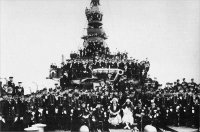 |
The crew of Java in Amsterdam, 1925. Queen Wilhelmina and Princess Juliana of the royal family visit the ship. Sitting from left to right are: Commander M.J. Verloop (aide-de-camp of Queen Wilhelmina?), Captain L.J. Quant (commanding officer of Java), Queen Wilhelmina, Princess Juliana, Vice-Admiral C. Fock (Commanding Officer of Den Helder naval base), and Acting Vice-Admiral F. Bauduin (retired, aide-de-camp "in special service" of Queen Wilhelmina) . Standing behind Captain Quant and Queen Wilhelmina is (then) Lieutenant-Commander J.Th. Furstner, executive officer and/or gunnery officer. (Collection Robert de Rooij) |
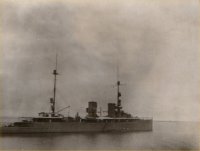 |
Java in Tandjong Priok (Batavia). Note the early long masts which were removed during her first refit. (Collection R. van Hoften) |
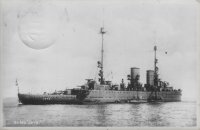 |
Postcard of Java, in 1929 (Collection O. van Hoften) |
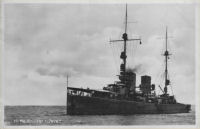 |
Java at sea, date and place unknown. (Collection O. van Hoften) |
 |
Java early in her career. (Collection U.S. Naval Historical Center, via Clay Ramsey) |
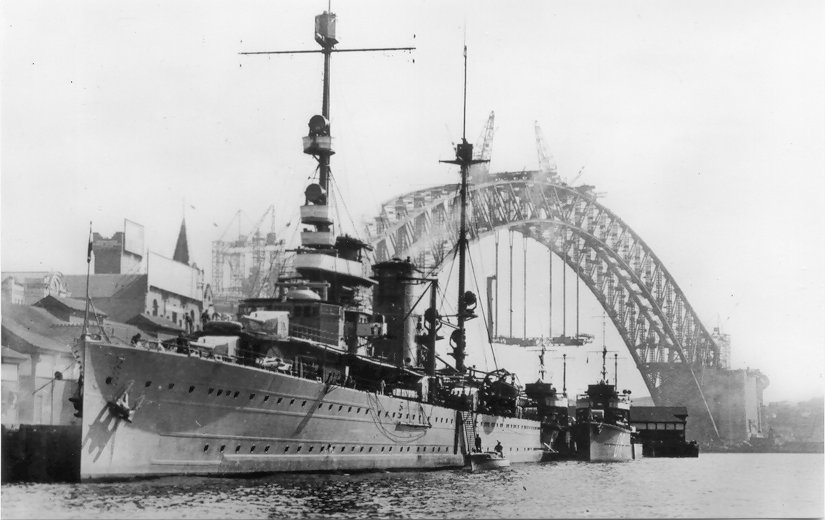 |
Java at Sydney, Australia in October, 1930 with destroyers De Ruyter and Evertsen. In the background the famous Sydney Harbour Bridge under construction. (Collection J. Klootwijk) |
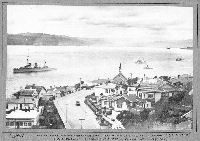 |
Java, followed by destroyer Evertsen and De Ruyter entering Wellington, New Zealand, on october 17, 1930 (Collection J. Klootwijk) |
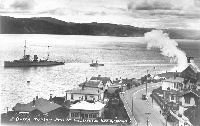 |
Java, followed by destroyer Evertsen (obscured by smoke) and De Ruyter (not visible on the photo) entering Wellington, New Zealand, on october 17, 1930 (Collection J. Klootwijk) |
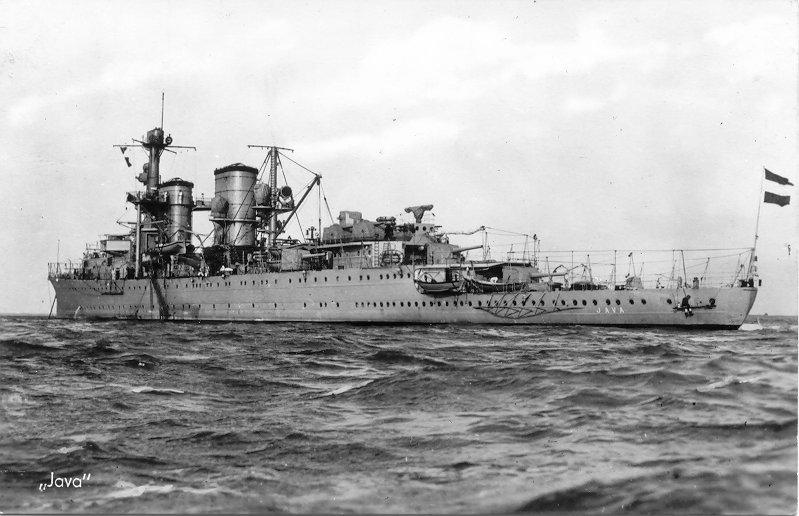 |
Java at anchor after her major reconstruction. Most notable changes in her appearance are the removal of the long masts, and the addition of a potent anti-aircraft armament. (Collection J. Klootwijk) |
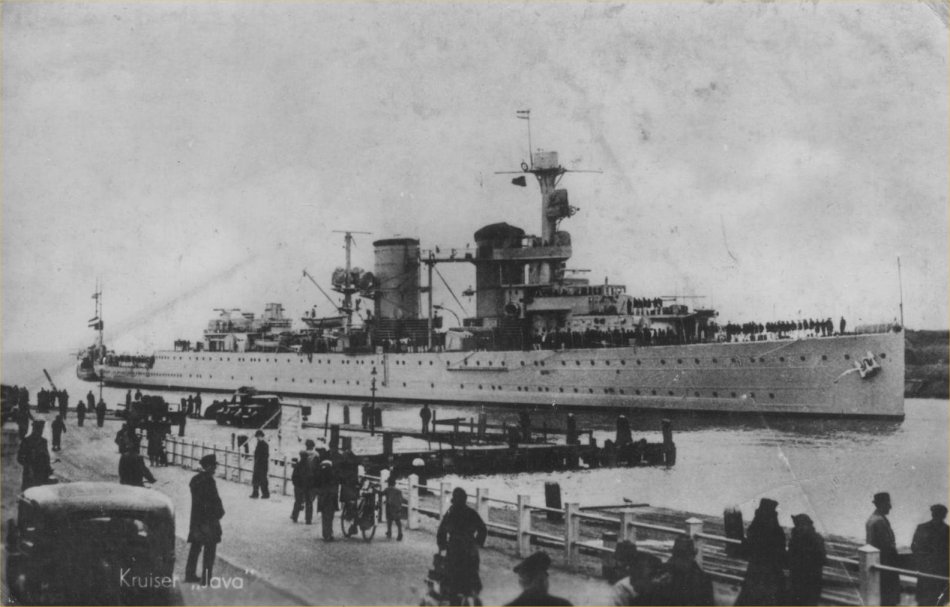 |
Java in Den Helder's outer harbor, date unknown. (Collection O. van Hoften) |
 |
Java leaving Den Helder for the Coronation Review at Spithead, May 17, 1937. On board was among others Vice-Admiral T.L. Kruys (Collection O. van Hoften) Thanks to Tom Kruys for additional information (April 17, 2009). |
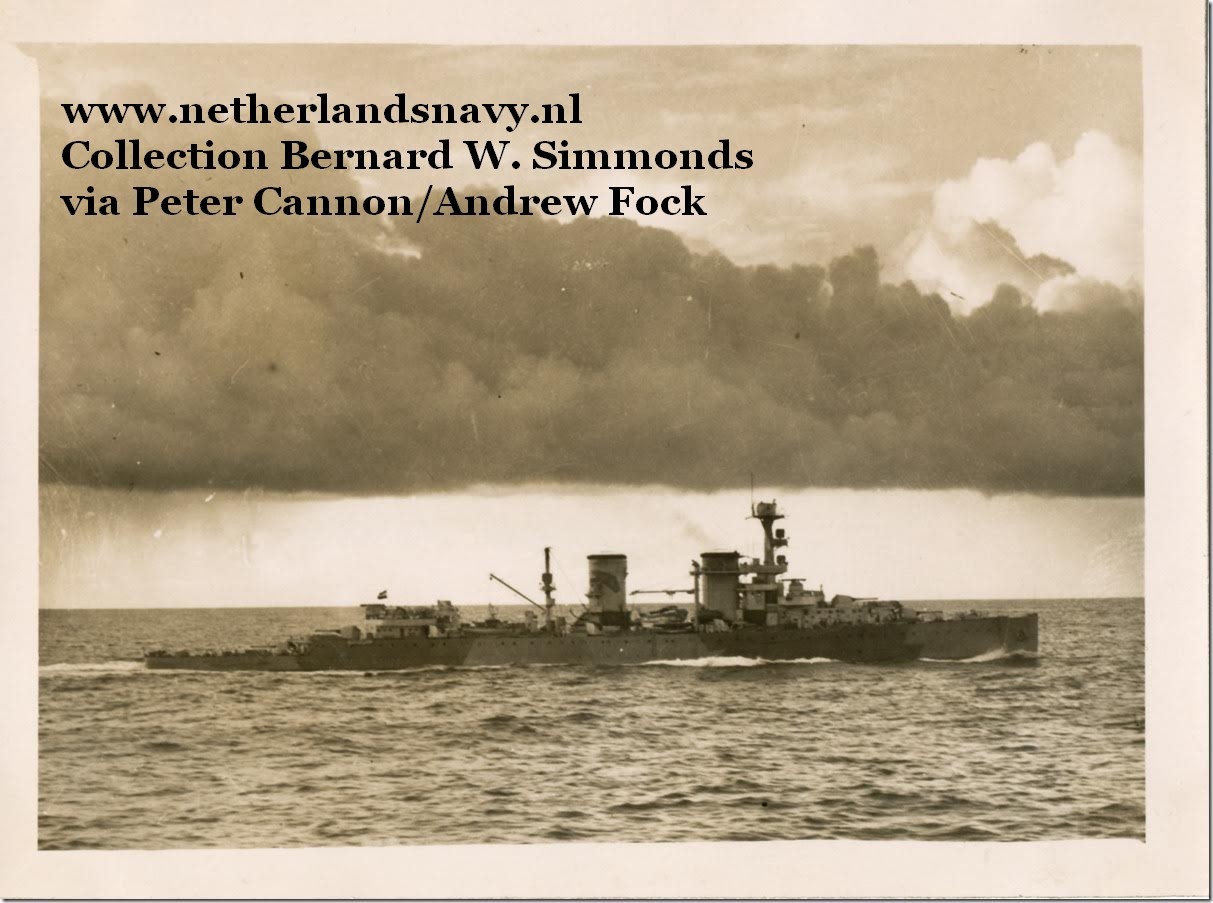 |
 Java at sea, as seen from the Australian heavy cruiser HMAS Canberra. The photo was very likely taken between January 18 and 20, 1942, when both Java and Canberra were escorting Singapore-bound convoy MS-2. Java at sea, as seen from the Australian heavy cruiser HMAS Canberra. The photo was very likely taken between January 18 and 20, 1942, when both Java and Canberra were escorting Singapore-bound convoy MS-2.The photo was taken by Able Seaman Bernard W. Simmonds, RAN from the heavy cruiser HMAS Canberra. (Able Seaman Bernard W. Simmonds Collection, HMAS Canberra Museum, via Peter Cannon/Andrew Fock) |
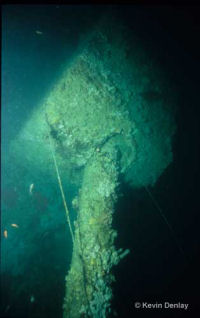 |
Looking along the barnacle encrusted barrel of one of Java�s forward 15 cm / 5.9 inch guns. (Collection Kevin Denlay) |
 |
The helm stand (the wheel having long ago rotted away) and triple telegraphs on Java�s bridge. (For comparison see historical photo, page 157, "Hr Ms Kruisers Java and Sumatra" by J. Anten). (Collection Kevin Denlay) |
 |
Looking down onto the circular gun director above Java�s bridge, the rotating rangefinder �arms� clearly visible atop. (Collection Kevin Denlay) |
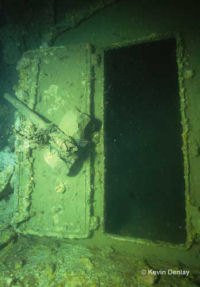 |
A doorway opens to the interior of the ship, directly beneath the rangefinder - director enclosure. Note what looks like a giant Stone Age axe on the door!. (Collection Kevin Denlay) |
 |
A close up of the �stone age axe�, actually a native fishing boats anchor that has been lost. (Collection Kevin Denlay) |
 |
The ladder on the port side of the upper portion of the foremast. (Collection Kevin Denlay) |
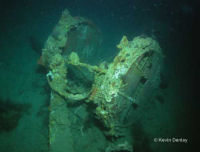 |
A partly collapsed 120 cm / 47 inch searchlight on the seabed beside the upper foremast. (Collection Kevin Denlay) |
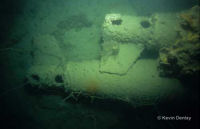 |
The �tailfins� on a pair of paravanes, now found lying on the seabed amidships. (Collection Kevin Denlay) |
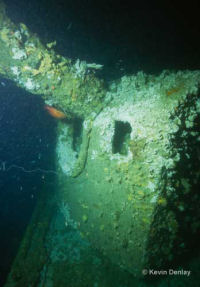 |
The protective enclosure of a 15 cm / 5.9 inch gun mount, barrel pointing up, port side amidships. Java had ten of these guns as her main armament. (Collection Kevin Denlay) |
 |
In the rear, 15 cm / 5.9 inch projectiles lay scattered about, while in the foreground can be seen sticks of cordite from unfired shells. (Collection Kevin Denlay) |
 |
A 120 cm / 47 inch searchlight stand amidships, which looks like it was �shot away�, evidenced by the ragged broken ends on the searchlight retaining arms. (Collection Kevin Denlay) |
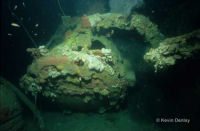 |
A relatively intact 120 cm / 47 inch searchlight on the seabed beside the mainmast.(Collection Kevin Denlay) |
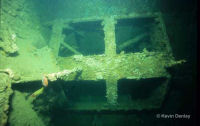 |
A set of skylights centerline amidships, just forward of the aft 40mm Bofors station. (Collection Kevin Denlay) |
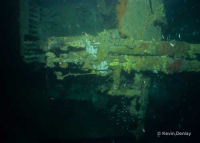 |
Looking down onto one of Java�s dual 40mmm Bofors mounts, the breach and part of the barrels clearly visible, although the operators �protective enclosure� has mostly rotted away. Immediately aft of this Bofors station, where four of these weapons are situated in a cluster, the wreck ends abruptly in jagged wreckage, Java�s very stern having been sheared off by the torpedo that struck her. (Collection Kevin Denlay) |
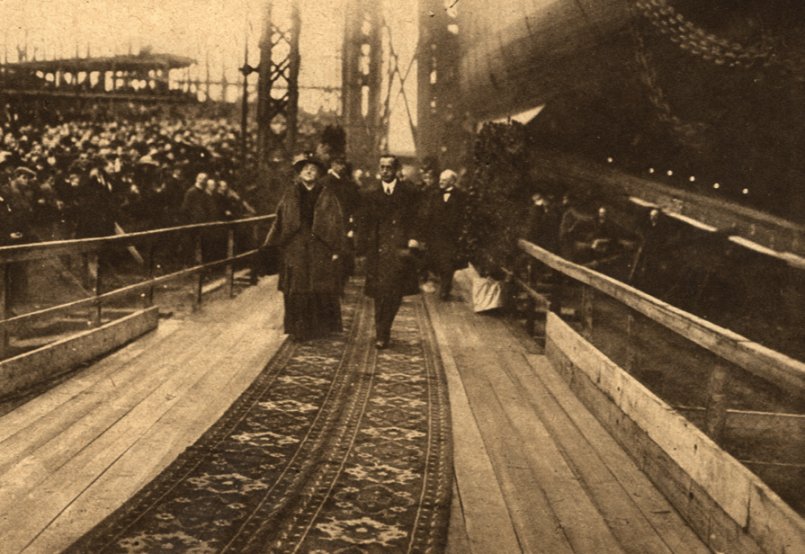 |
Queen Wilhelmina of the Netherlands is shown around by Mr. Goedkoop, director of the Nederlandsche Scheepsbouw Mij, just before the launch of Sumatra, December 29, 1920. (Collection webmaster) |
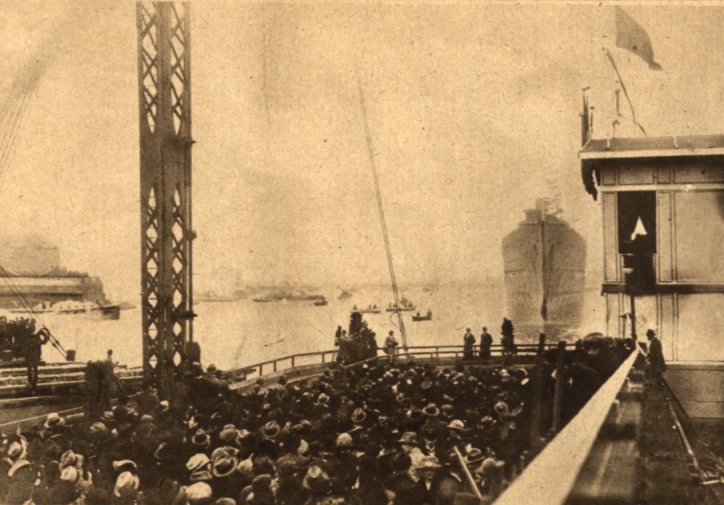 |
Sumatra in the water for the first time, December 29, 1920. (Collection webmaster) |
 |
Sumatra at full speed during trials on the North Sea, May 5, 1926 (Collection J. Klootwijk) |
 |
Distant view of Sumatra's starboard side (Collection O. van Hoften) |
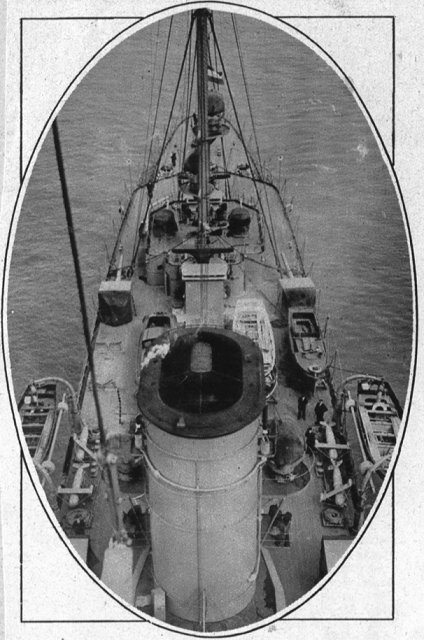 |
View from the main mast looking down aft during trials on the North Sea. Note the paravanes left and right in the bottom half of the photo. (Collection webmaster) |
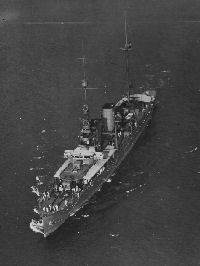 |
Aerial view of Sumatra, presumably off Hawai during January 1927. (Collection U.S. National Archives, via Clay Ramsey) |
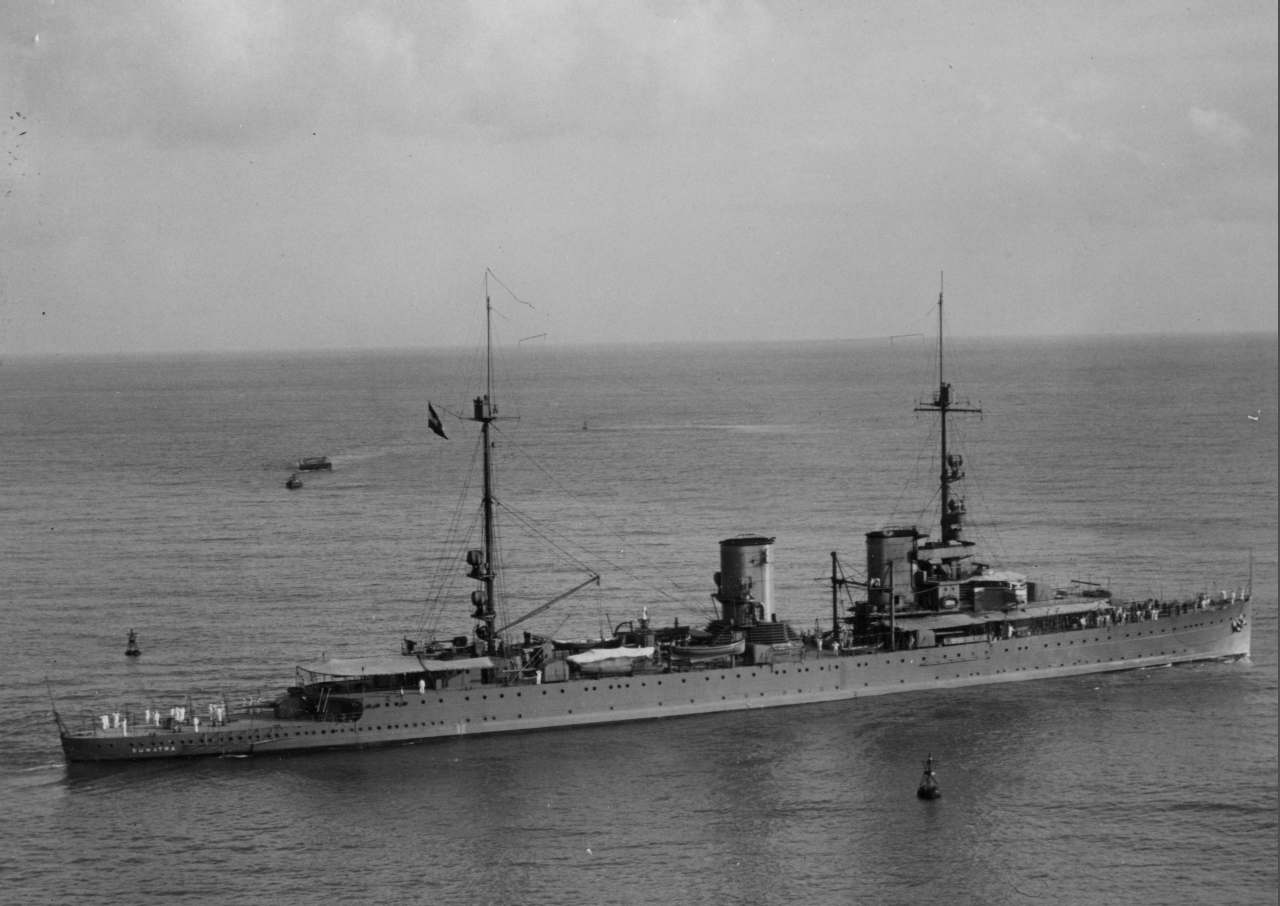 |
Sumatra, outward bound to the Netherlands East Indies, off Pearl Harbor (Hawaï), January 27, 1927. Photo from the National Archives in Washington (USA) (#RG80CF246-2). Photo obtained via Leland Ness. |
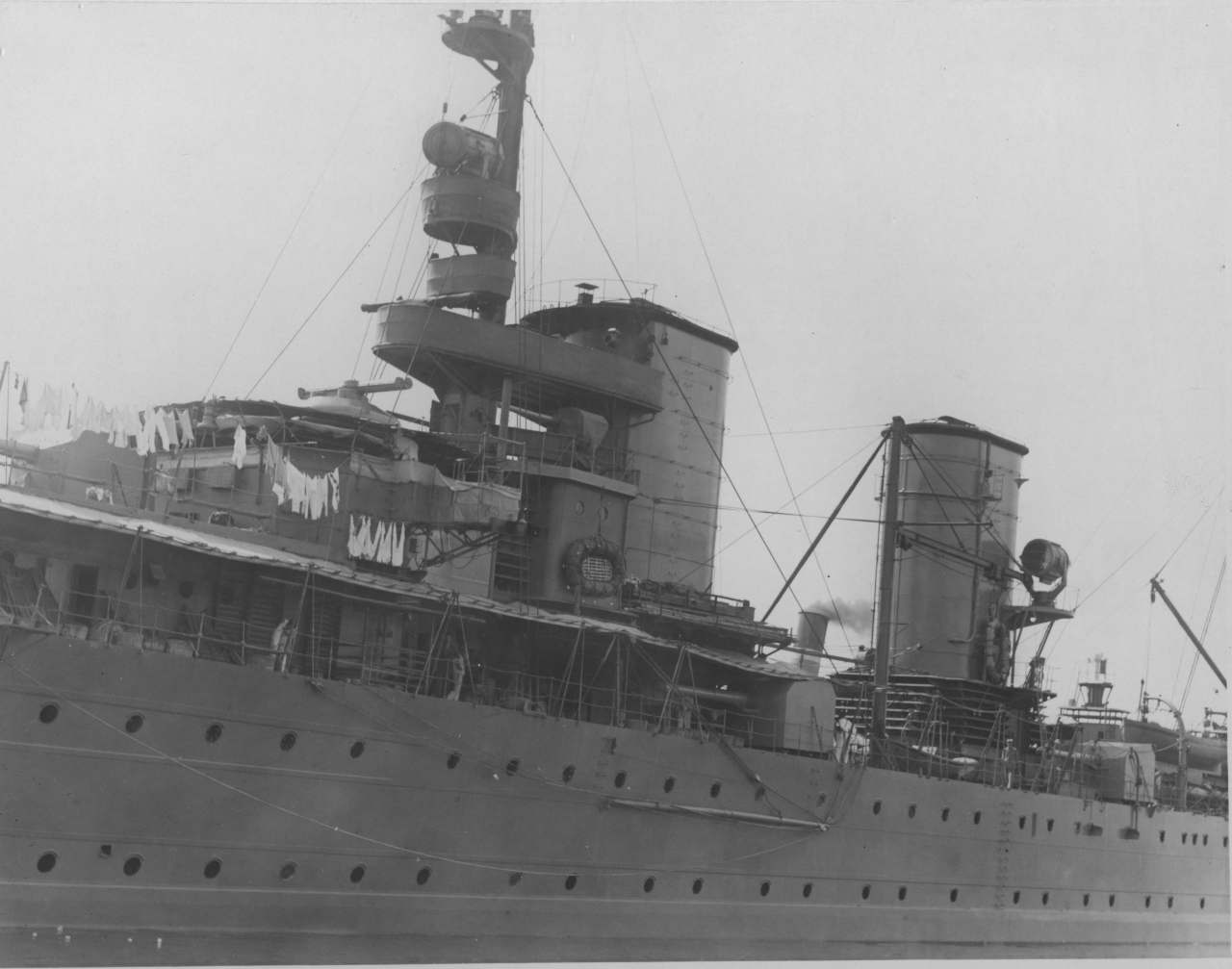 |
Sumatra, outward bound to the Netherlands East Indies, off Pearl Harbor (Hawaï), January 27, 1927. Photo from the National Archives in Washington (USA) (#RG80CF246-4). Photo obtained via Leland Ness. |
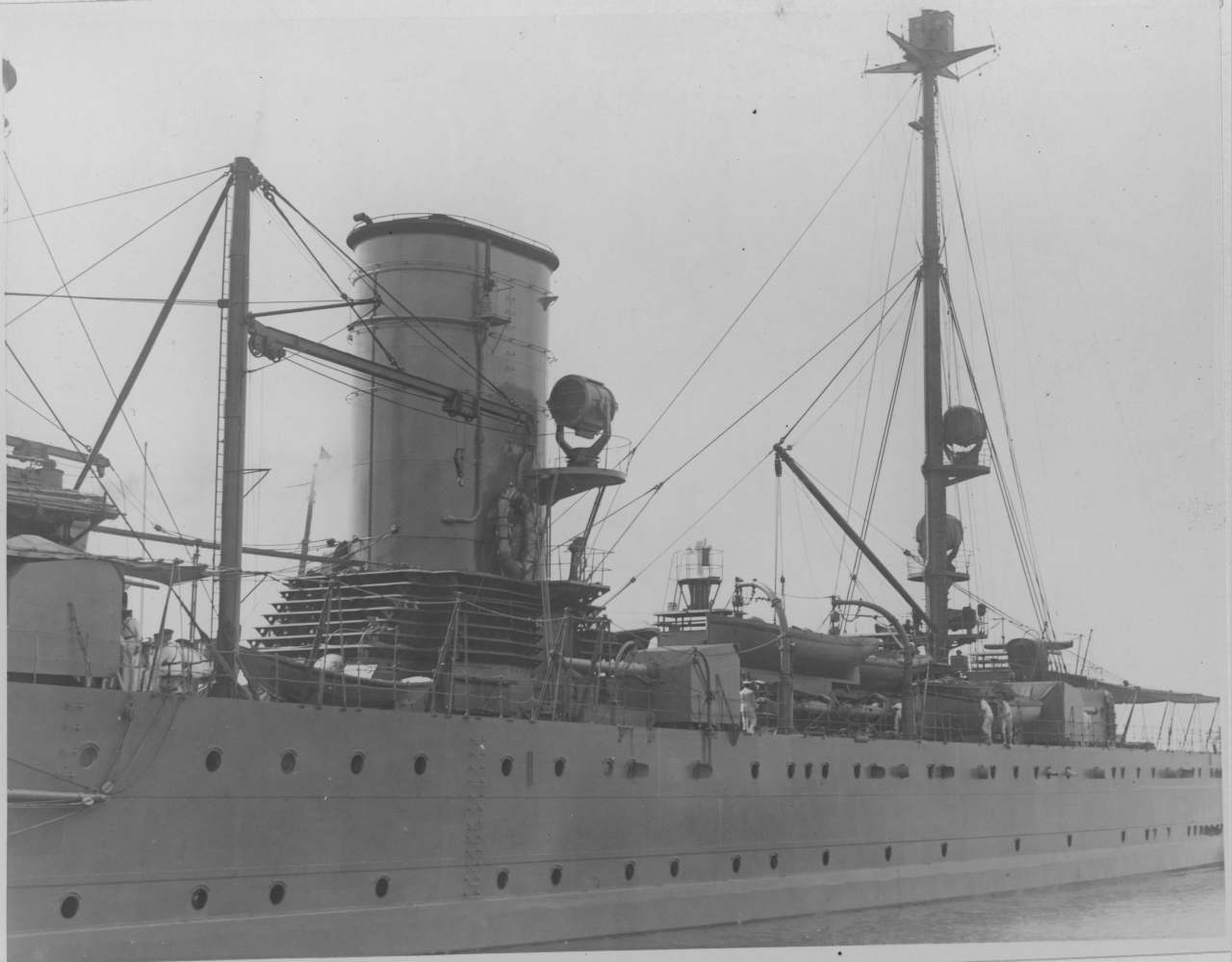 |
Sumatra, outward bound to the Netherlands East Indies, off Pearl Harbor (Hawaï), January 27, 1927. Photo from the National Archives in Washington (USA) (#RG80CF246-X). Photo obtained via Leland Ness. |
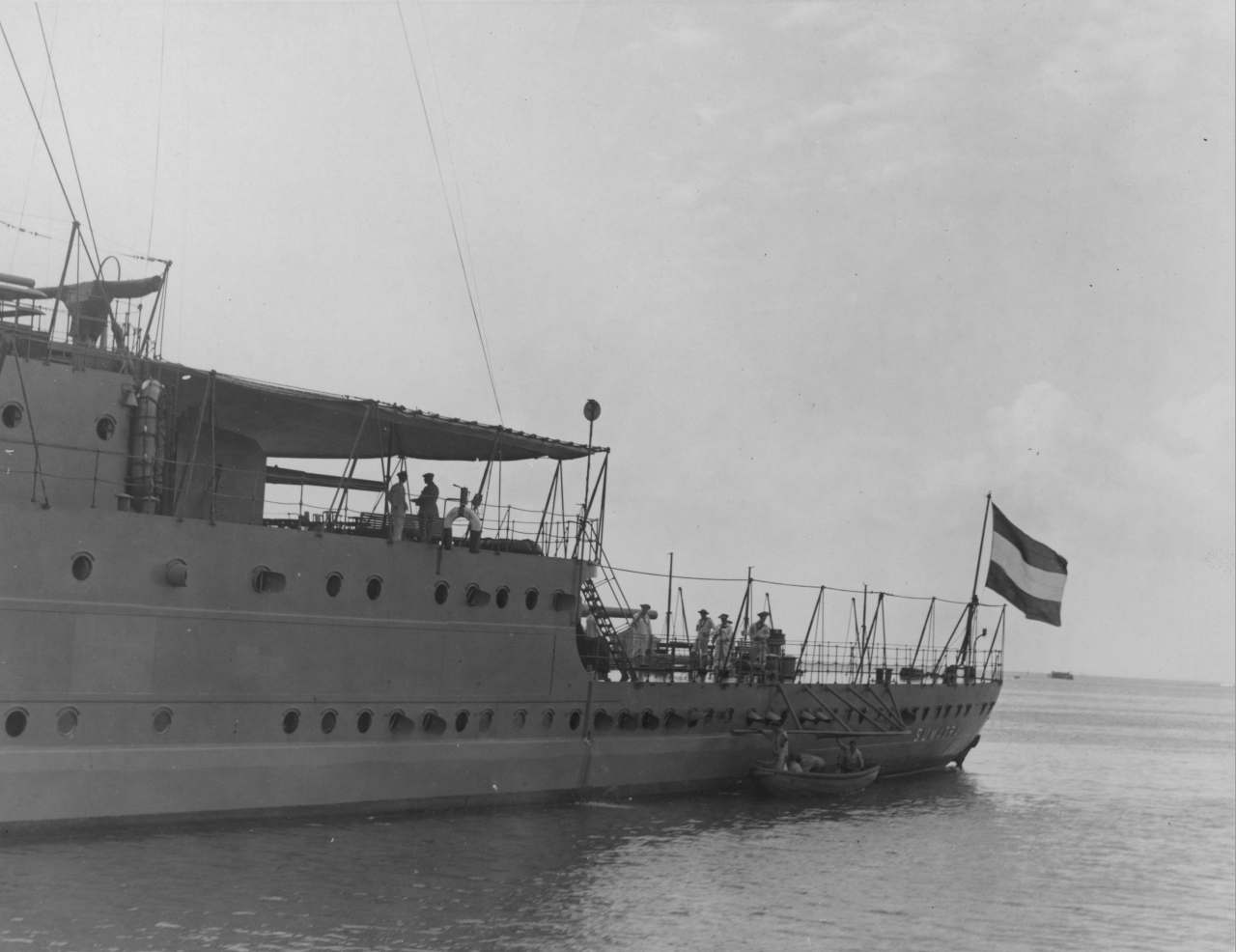 |
Sumatra, outward bound to the Netherlands East Indies, off Pearl Harbor (Hawaï), January 27, 1927. Photo from the National Archives in Washington (USA) (#RG80CF246-Xa). Photo obtained via Leland Ness. |
 |
Sumatra lying at anchor, date and place unknown (Collection O. van Hoften) |
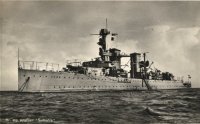 |
Sumatra lying at anchor. Note the different masts in comparison to early photos. These new masts were able to carry the equipment for the upgraded fire control system. (Collection webmaster) Update: new data may provide the evidence that this photo is actually of Java, rather than Sumatra. The reason is the small stairs fitted on the hull near the anchor. Sumatra had hers fitted above the anchor, whereas Java had hers fitted in the place as shown on the photo, more forward. Thanks to Jan Klootwijk for bringing this to my attention. |
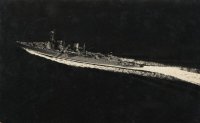 |
Sumatra on high-speed trials in Madura Strait, July 1935, after her first modernization. The 75 mm AA-guns have been replaced by six Vickers 40 mm guns. (Collection webmaster) |
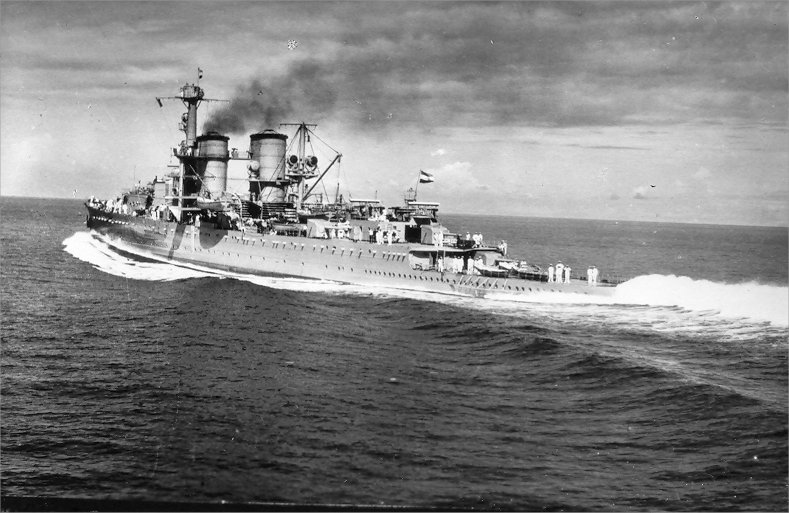 |
Sumatra at full speed in Madura Strait. (Collection J. Klootwijk) |
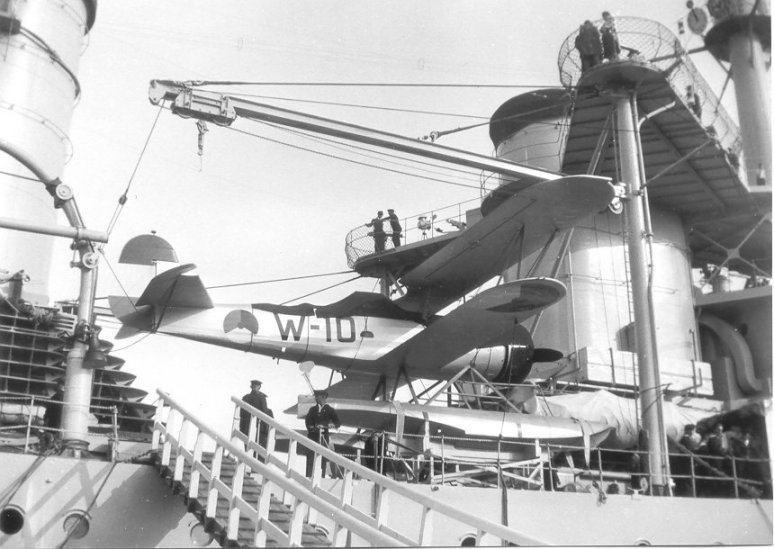 |
Fokker C-11W scoutplane with registration W.10 hoisted on deck of Sumatra (Collection J. Klootwijk) |
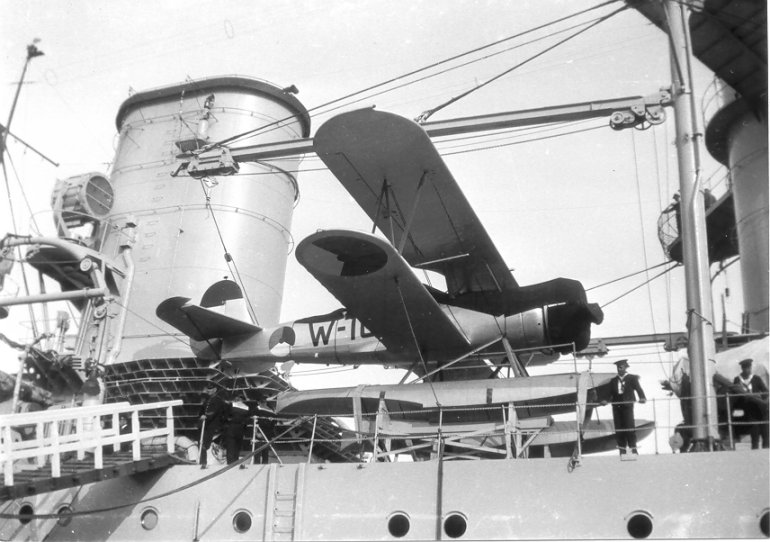 |
Same floatplane, from a different angle. (Collection J. Klootwijk) |
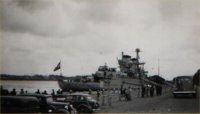 |
Sumatra lying at the quay, in the outer harbour of Den Helder (Collection R. van Hoften) |
 |
Sailor sitting on the forward 5.9" gun of Sumatra, ca. 1939. (Collection M.R. Lagewaard) |
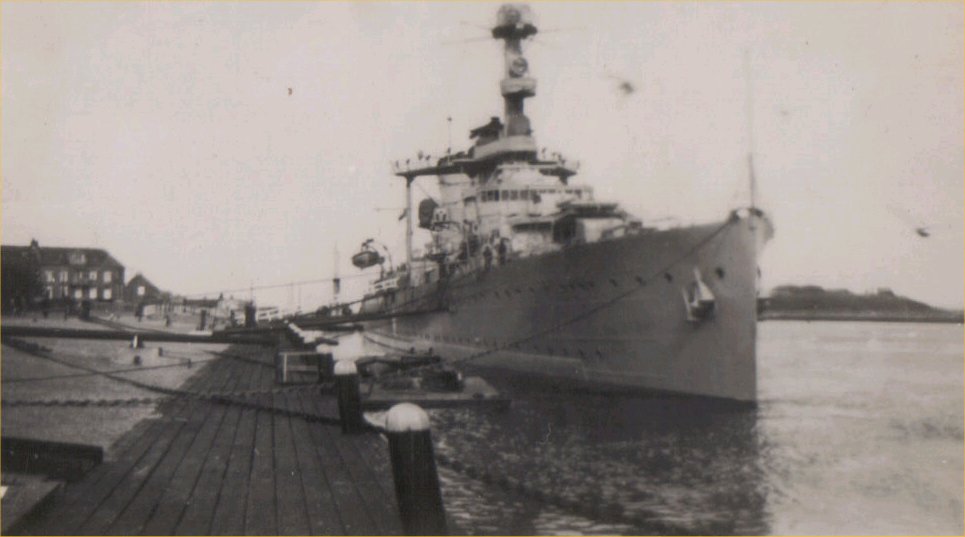 |
Sumatra at the quay in Den Helder, ca. 1939. (Collection M.R. Lagewaard) |
![]()
| Back | Home |